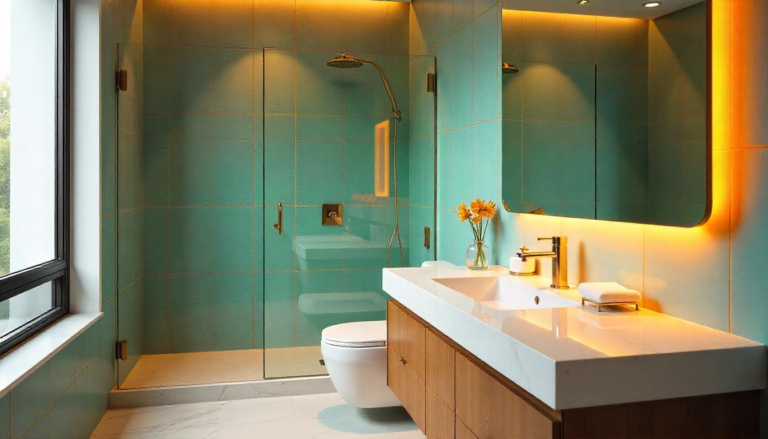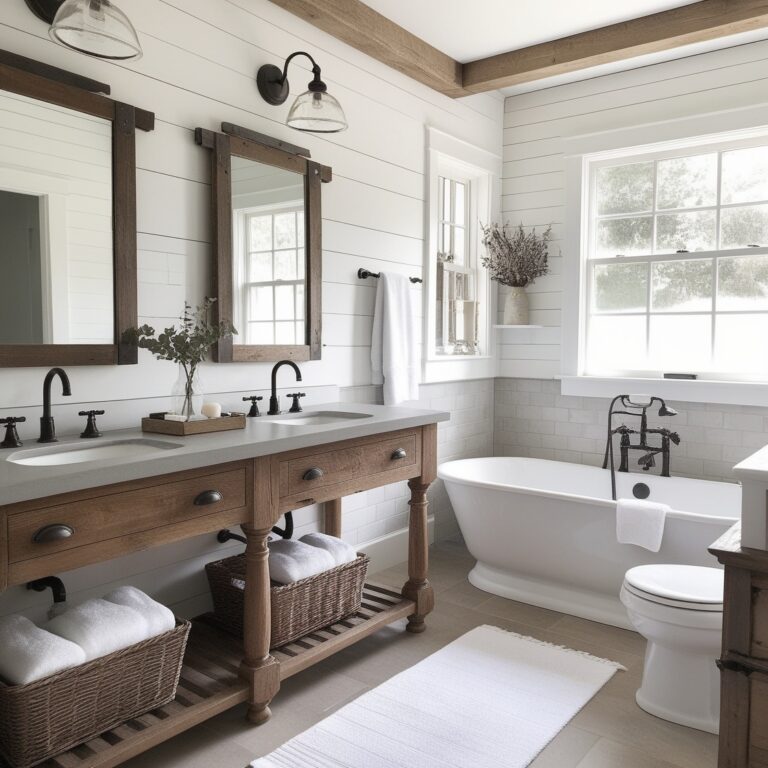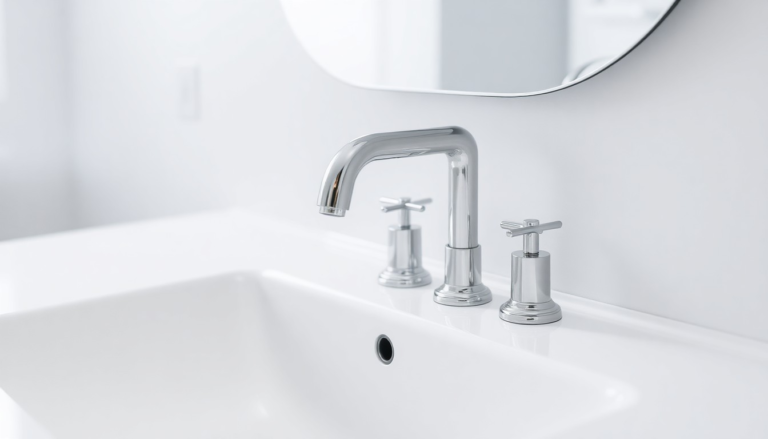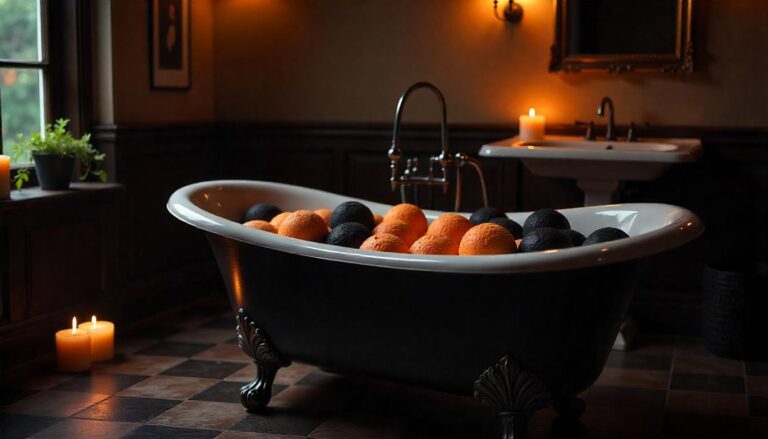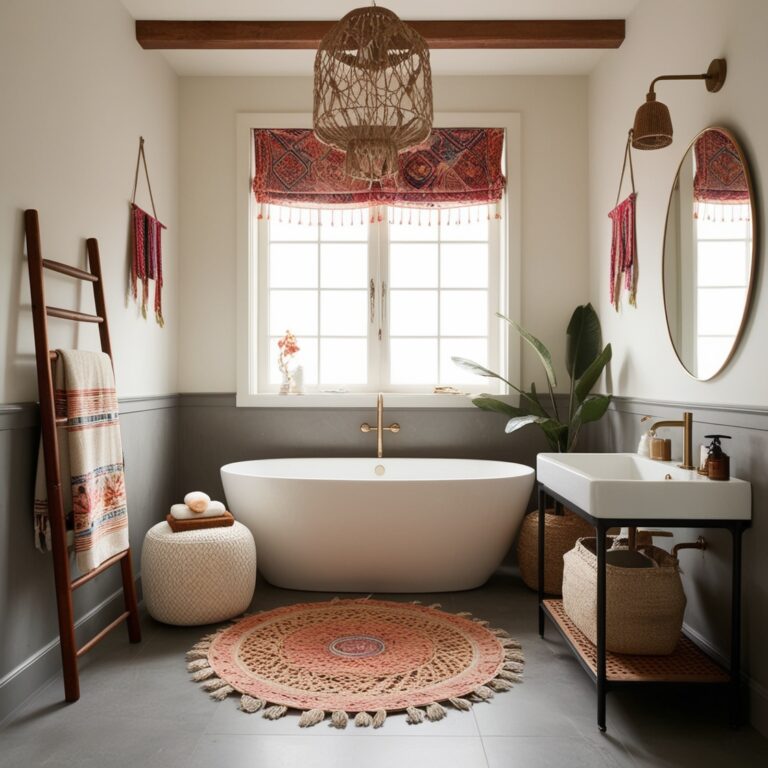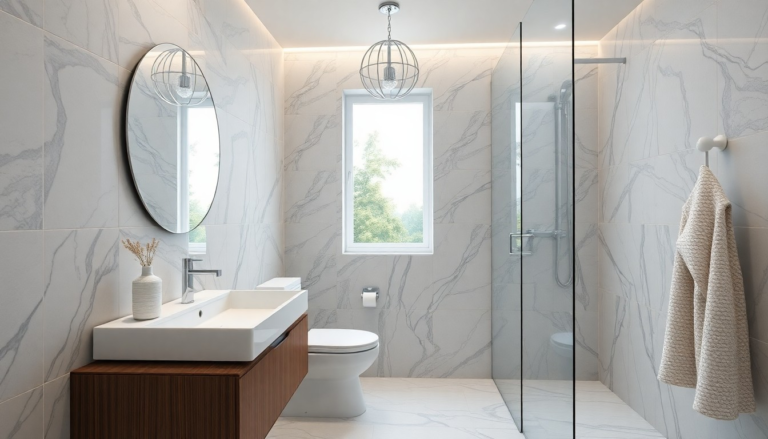29 How to Get Rid of Ants in Your Bathroom: Expert Tips and Solutions

You step into your bathroom for a peaceful moment, only to find a trail of ants marching along your sink or bathtub.
It’s frustrating, unsanitary, and downright annoying.
The truth is, ants aren’t just looking for food in your kitchen—they’re drawn to moisture, warmth, and tiny hidden crumbs in your bathroom.
Getting rid of them isn’t just about wiping them away—you need to eliminate their source, cut off their entry points, and make your bathroom an ant-free zone.
Let’s dive into 29 expert-backed ways to get rid of ants in your bathroom and keep them from coming back.
1. Identify the Type of Ants in Your Bathroom
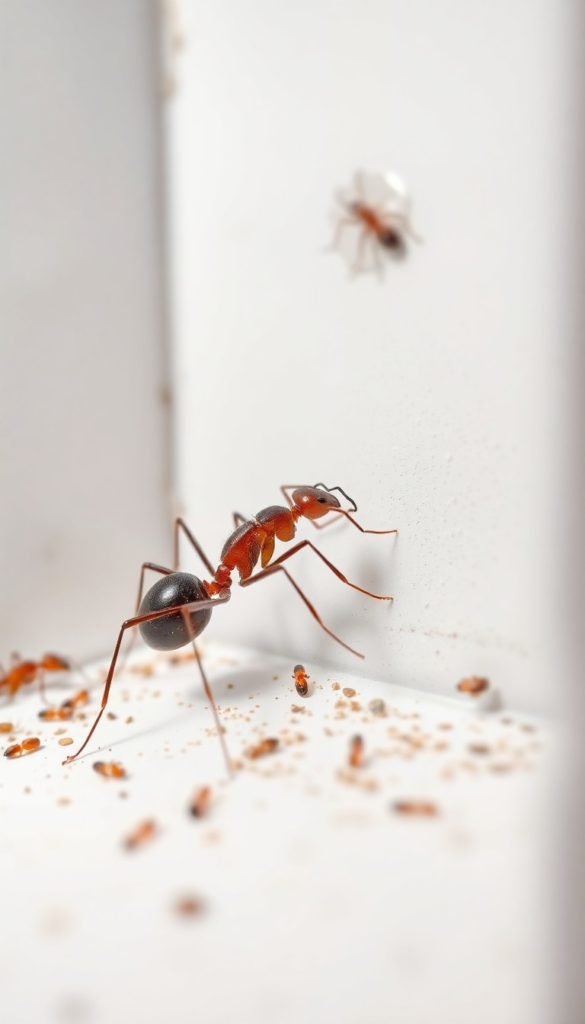
Different ant species have different habits.
Knowing what type of ant you’re dealing with helps in choosing the right elimination method.
- Sugar ants (odorous house ants): Attracted to moisture and sweet substances, common in bathrooms.
- Carpenter ants: Can nest in damp wood, causing structural damage.
- Pharaoh ants: Often found in warm, humid spaces, and difficult to eliminate.
- Argentine ants: Thrive in moist areas and form massive colonies.
2. Find Out Where They’re Coming From

Ants don’t just appear out of nowhere. Follow their trail to see where they’re entering from. Look for:
- Cracks in walls or floors
- Gaps around pipes or drains
- Broken window seals
- Vent openings
Once you find their entry point, you can take the right steps to seal off their access.
3. Remove Any Standing Water
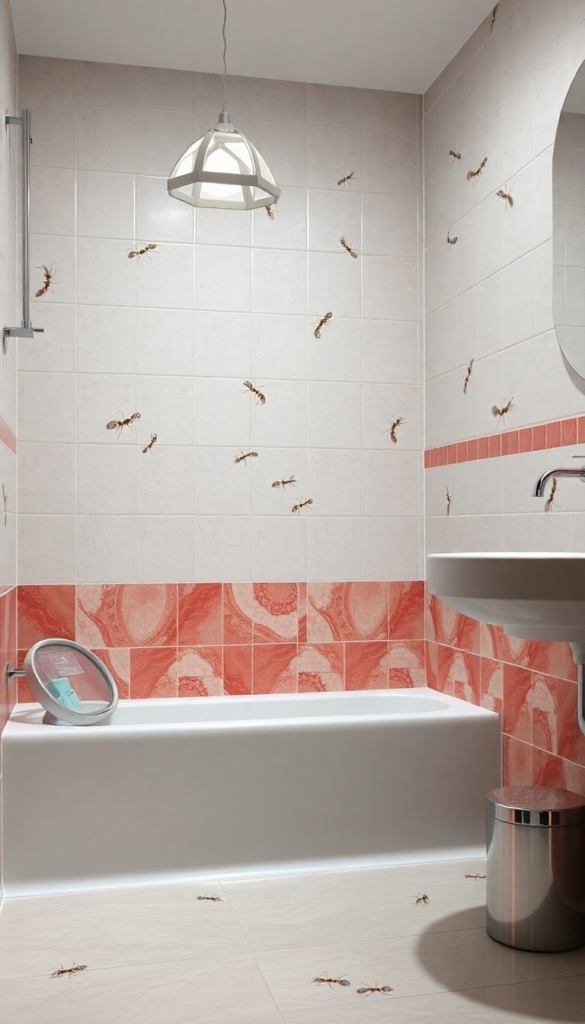
Ants are drawn to moisture, so your bathroom is basically an ant oasis. Wipe down sinks, bathtubs, and counters after use.
Fix any leaky faucets or pipes—even a few drops of water can sustain an ant colony.
4. Store Toiletries and Soap Properly
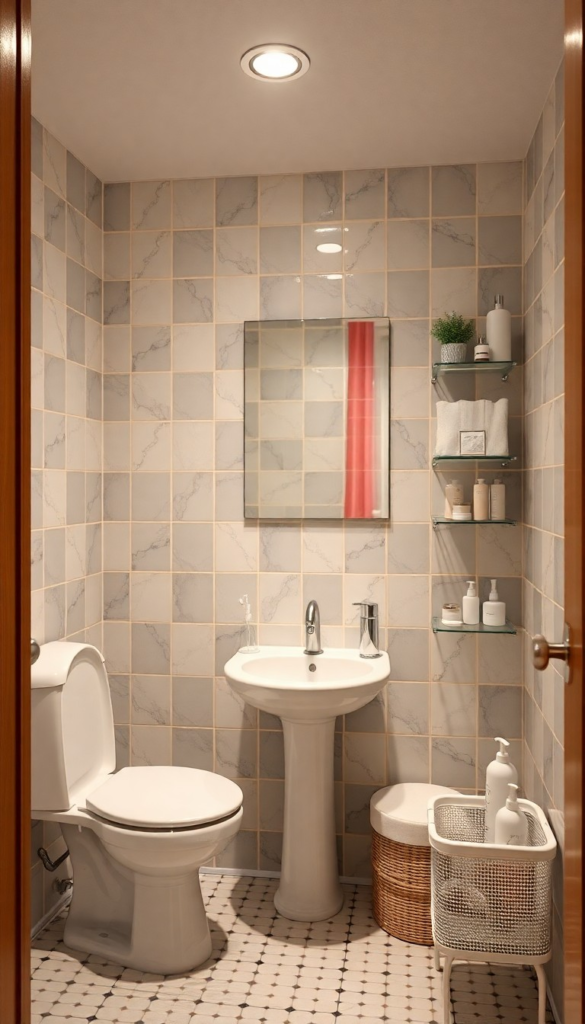
Some ants, especially sugar ants, are attracted to soap, toothpaste, and even shampoo.
Keep these in sealed containers or wipe away any residue after use.
5. Clean Your Drains
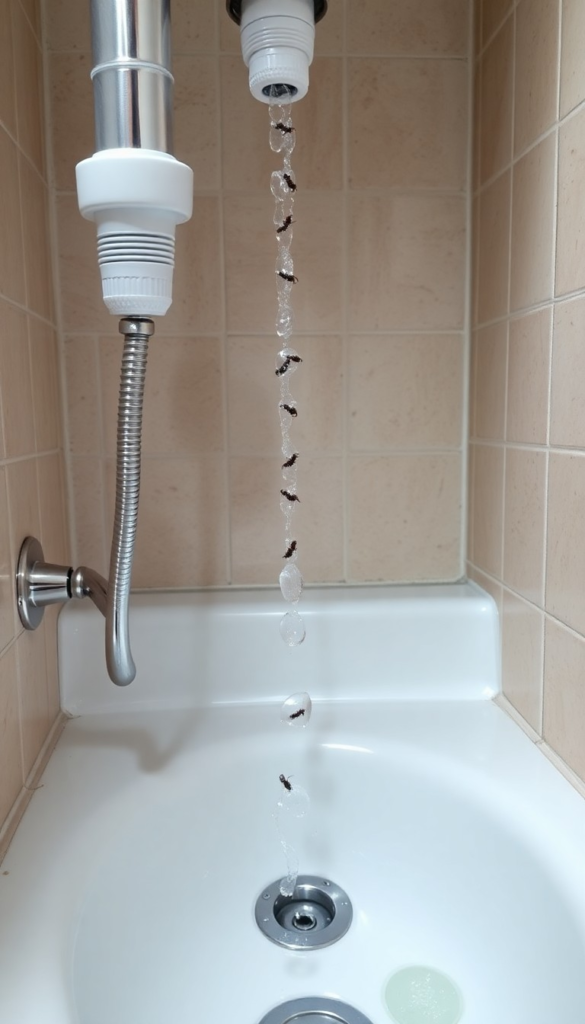
Ants love the moist, gunky residue that builds up in bathroom drains.
Pour a mixture of baking soda and vinegar down the drain, followed by boiling water to kill any lingering ants and remove their scent trails.
6. Seal Cracks and Gaps in Walls
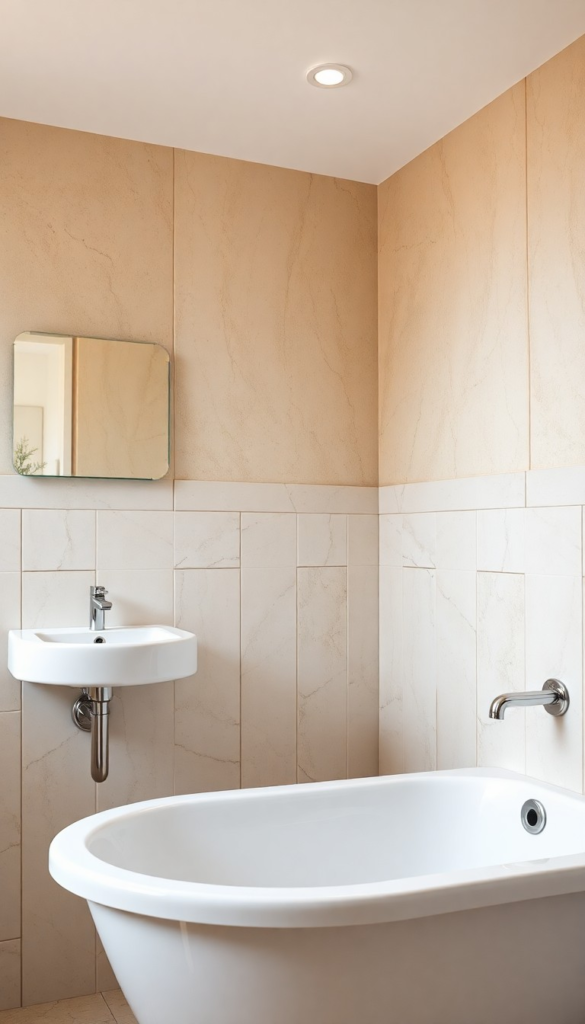
Even the tiniest crack is like an open highway for ants. Use silicone caulk to seal gaps around:
- Baseboards
- Tile grout
- Pipe entry points
7. Spray White Vinegar as a Natural Repellent
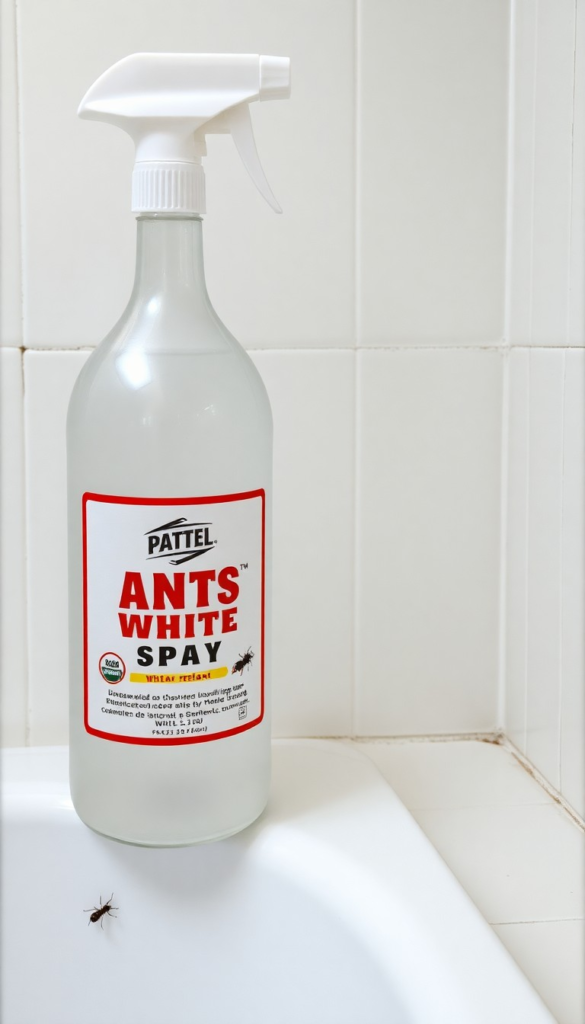
Ants hate vinegar because it disrupts their scent trails.
Mix equal parts white vinegar and water in a spray bottle and use it to wipe down surfaces where ants have been seen.
8. Use Essential Oils to Deter Ants
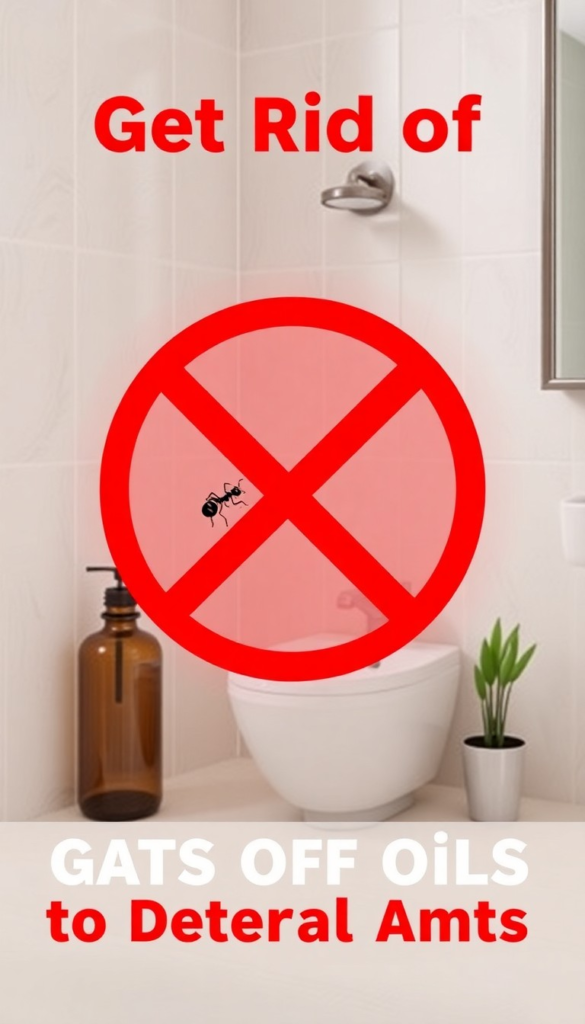
Certain essential oils act as powerful natural ant repellents. Try mixing:
- Peppermint oil (10 drops) + water (1 cup)
- Tea tree oil (5 drops) + dish soap (1 tsp) + water (1 cup)
Spray this near ant entry points to keep them away.
9. Keep Floors and Surfaces Clean
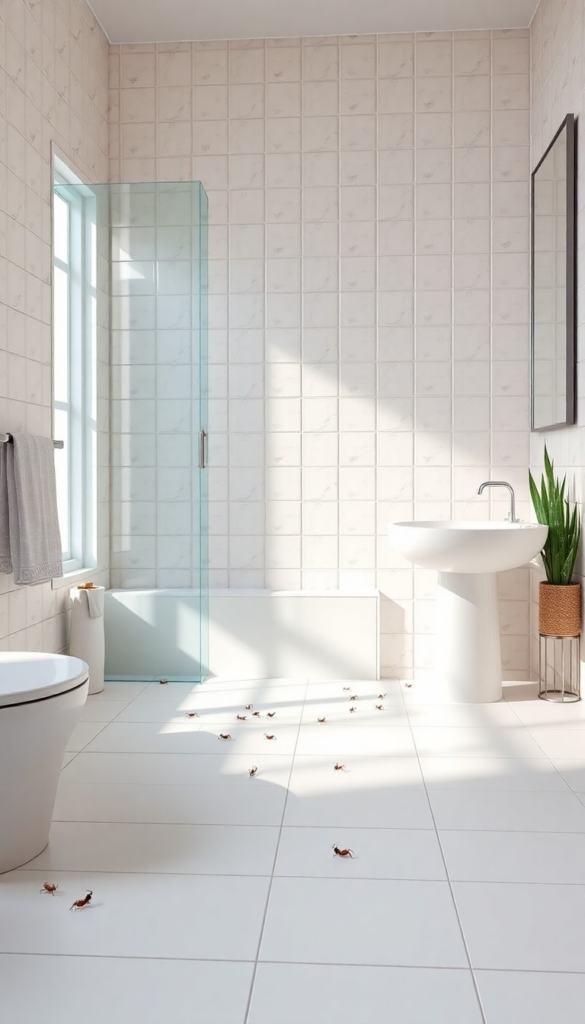
Even tiny crumbs, hair, or skin flakes can attract ants. Sweep and mop floors regularly, focusing on areas around sinks and toilets.
10. Fix Water Leaks Immediately
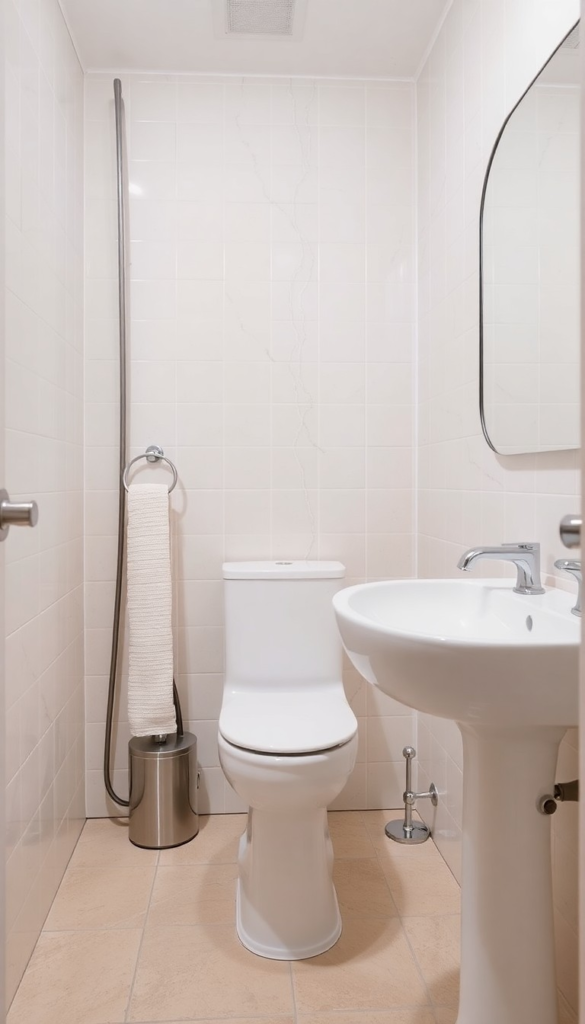
A small leak under the sink might not seem like a big deal, but to ants, it’s a water supply for survival.
Check for leaks regularly and repair them as soon as possible.
11. Use Ant Bait Stations for Long-Term Control
Ant baits work by attracting ants to poisoned food, which they carry back to their colony, killing them at the source.
Place bait stations near entry points, under sinks, and along ant trails.
12. Try a Borax and Sugar Mixture
A DIY solution that works like a charm—mix:
- 1 part borax
- 3 parts sugar
- Enough water to create a thick paste
Place small amounts in bottle caps or on wax paper near ant trails.
13. Use Diatomaceous Earth (DE) as a Natural Killer
Food-grade diatomaceous earth is harmless to humans but deadly to ants.
Sprinkle it near baseboards, cracks, and sink areas to dry out and kill ants.
14. Deploy Citrus Peels as a Natural Deterrent
Ants dislike citrus scents. Place lemon, orange, or grapefruit peels near entry points or rub them along windowsills and pipes.
15. Block Entry Points with Petroleum Jelly
A temporary but effective trick—spread petroleum jelly around entry points like pipe openings or wall cracks.
The slippery texture prevents ants from crossing.
16. Set Up a Soapy Water Trap
Ants breathe through their exoskeletons, and soapy water blocks their airways.
Spray a mix of dish soap and water directly on ants or use it to wipe down their trails.
17. Keep Trash Sealed and Emptied Regularly
Ants are opportunistic scavengers—if there’s a chance of food, they’ll find it. Keep bathroom trash cans covered and empty them frequently.
18. Create a Barrier With Cinnamon or Coffee Grounds
Both cinnamon and coffee grounds confuse ants’ scent trails.
Sprinkle them around bathroom corners, entryways, and drains to keep ants at bay.
19. Use Cornstarch to Smother Ants
Cornstarch absorbs moisture from ants’ bodies, killing them quickly. Pour it directly on a group of ants and add water to create a natural ant trap.
20. Place Cucumber Slices in Ant-Prone Areas
Cucumbers contain compounds that ants dislike. Place slices near entry points, sinks, and windowsills to deter them.
21. Keep Indoor Humidity Levels Low
Ants thrive in humid environments. Use a bathroom fan or dehumidifier to reduce excess moisture.
22. Apply Chalk or Baby Powder Along Entryways
Chalk and baby powder contain calcium carbonate, which interferes with ants’ ability to communicate through pheromones.
23. Avoid Leaving Damp Towels on the Floor
Wet towels can attract ants looking for moisture and warmth. Hang towels up to dry properly.
24. Use a Vacuum Cleaner to Remove Ant Trails
Vacuuming ants eliminates their scent trail, preventing others from following the same path.
25. Try an Ant-Repelling Herb Garden
Herbs like mint, basil, and bay leaves repel ants. Keep small pots in your bathroom for natural ant control.
26. Apply Commercial Ant Sprays for Fast Results
If ants persist, try using a commercial ant spray with low-toxicity ingredients for safe indoor use.
27. Wash Shower Curtains and Bath Mats Regularly
Fabric and damp materials can trap food residue and moisture, attracting ants. Wash these at least once a week.
28. Keep Window Screens in Good Condition
Check for small tears or gaps in window screens and repair them to prevent ants from getting inside.
29. Stay Consistent With Prevention Measures
The key to keeping ants out permanently is consistency.
Regular cleaning, sealing cracks, and using natural deterrents will make your bathroom an ant-free zone.
Final Thoughts
Ants in the bathroom are a nuisance, but with the right expert tips and solutions, you can eliminate them for good.
Try a mix of prevention, natural remedies, and strategic baiting to keep your space clean and ant-free. Which of these methods will you try first?

